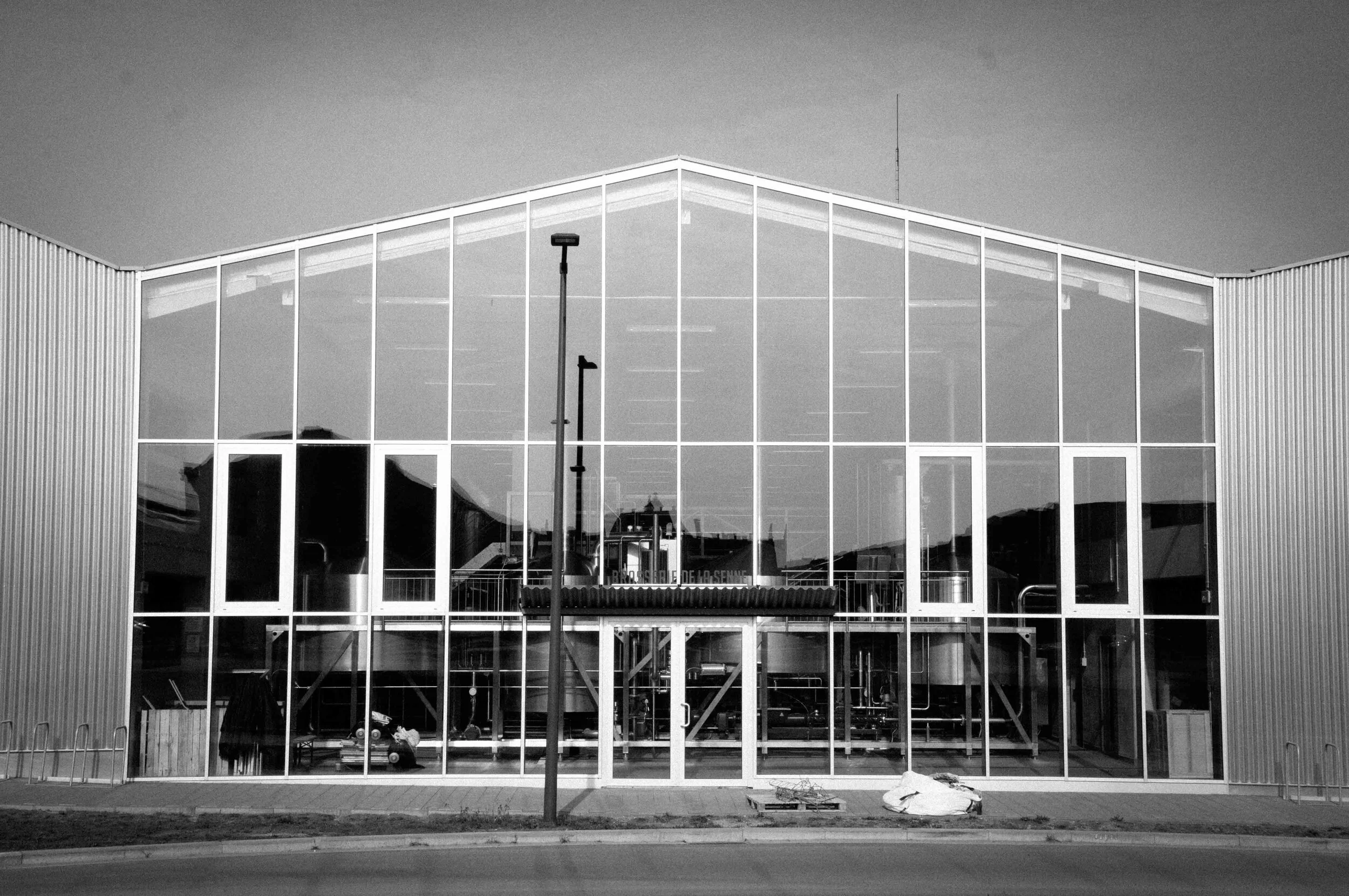A History of Brussels Beer in 50 Objects // #14 Lambikstoemper
Find out more about Brussels Beer City’s new weekly series, “A History Of Brussels Beer In 50 Objects” here.
Object #14 - Lambikstoemper
19th century
Pub Life
"’t gaat regenen, 't gaat regenen, 't gaat regenen dat het giet, en als wij geene Faro hebben dan drinken wij Lambiek."
"It's going to rain, it's going to rain, it's going to pour, and if we don't have Faro, we'll drink Lambic."
The children singing this ditty knew the natural order of Brussels’ beer hierarchy. Faro first. Lambic second, and everything else in the ha’penny place. Where the latter was tart, cloudy, and funky, Faro was sweet and light, a workhorse of a beer popular with the men, women and children of early-19th century Brussels. That sweetness came from the addition of sugar, often served alongside the beer and requiring the use of a slim metal implement ubiquitous in Belgian taverns in the 1800s, a loop on one end and a flattened disc on the other: the lambikstoemper.
The first written mention of Faro - in a 1721 description of a bacchanalia alongside “Leuvens bier...Liersche kaves, Hoegaerts en diergelyke Sorbetten der Dronkaarts” - predates Lambic. But the histories of these two beers were closely intertwined, if clouded by the Lambic history’s usual mythomania. The Faro of the 19th century was usually a 50-50 blend of aged Lambic and a beer called Meerts or Bière de Mars, a weaker Lambic byproduct. It was defined by the addition of sugar, typically procured from Belgium’s booming sugar beet industry. Sometimes blended by a beer merchant, who might also add sugar and deliver a pre-sweetened Faro, often the blending and sweetening was left to the tavern-owners. They would hand their customer a mug of Faro, a sugar cube, and a lambikstoemper, and invite then to mash the sugar into the bottom of their tankard, lending Faro its characteristic sweetness.
It was Faro’s softer profile - and lower ABV - which likely explains its success in Brussels and beyond, the beer reaching Leuven, The Netherlands, and Paris. Described contemporaneously as “moelleuse, gaillarde, et faraude” (“mellow, cheerful, and tawny”), Faro earned the nickname “liqueur d’or”, as well as comparisons to wine from the eponymous Portuguese city (all mooted origins of the name). But Faro’s ubiquity in Brussels did not mean ubiquitous popularity. Charles Baudelaire, in the syphilitic delirium of his final days in debtor’s exile in Brussels, disagreed with his Parisian compatriots on Faro’s qualities, cursing it as a “synonym” for urine, brewed with - and tasting of - human effluent dumped into the Zenne river.
He may have scorned the lambikstoemper, but Baudelaire’s literary contemporaries were less caustic. As the characters in William Thackeray’s novel Vanity Fair decamp to Brussels on the eve of 1815’s Battle of Waterloo,Thackeray turns to beer when seeking to flesh out the Belgian locals. The insolent manservant Monsieur Isidor, idly tending to his English master, daydreams of “rambling along the Green Avenue, dressed out in a frogged coat….examining the barges sailing slowly under the cool shadows of the trees by the canal, or refreshing himself with a mug of Faro at the bench of a beer-house on the road to Laeken.”













